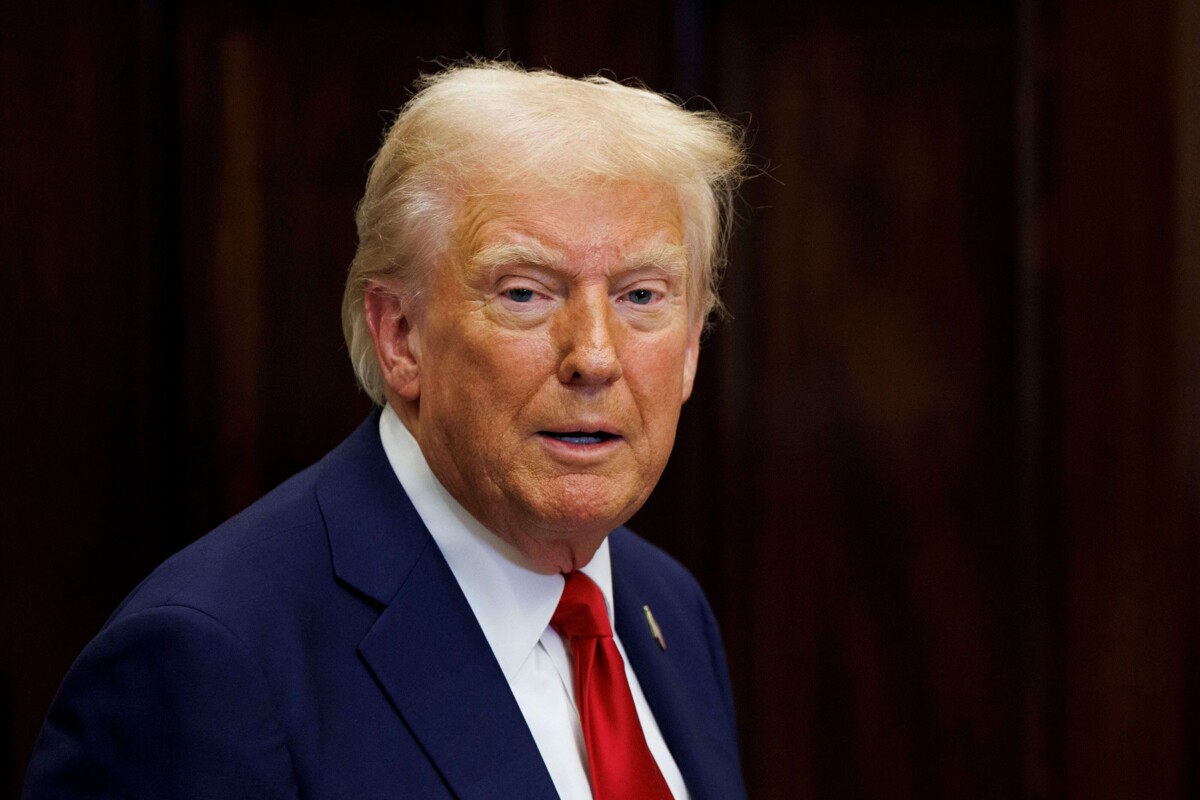
On Monday, January 20, the first day of Donald Trump's second presidency in the United States, the Mexican peso traded in an intraday range of 0.45 pesos, between 20.44 and 20.89 pesos per dollar, although it closed at 20.52 pesos, which represented an appreciation of 1.2 percent compared to its previous quotation.
The appreciation of the peso was due to a drop of more than 1 percent in a Bloomberg index, which measures the strength of the U.S. dollar against a basket of six currencies from developed economies.
The dollar dropped sharply after The Wall Street Journal reported that the new President of the U.S. would refrain from implementing aggressive tariffs immediately after his inauguration. Instead, the real estate magnate ordered federal agencies to comprehensively review all trade policy in the U.S., including the USMCA with its North American partners, to present a report before April 1.
But the appreciation of the national currency did not last the entire day, as that same Monday night it bounced back to 20.80 pesos per dollar after Trump declared that he plans to impose tariffs of 25 percent on Mexico and Canada starting February 1.
The setback for the Mexican peso, which is highly exposed to U.S. tariffs, positioned it yesterday as the most depreciated currency among the basket of 23 emerging market currencies tracked by Bloomberg.
The new U.S. president reiterated his assertion that the two neighbors of the U.S., one to the south and one to the north, are allowing the flow of undocumented immigrants and drugs like fentanyl into his country.
"We are thinking about a 25 percent for Mexico and Canada, because they are allowing a large number of people" into the U.S., Trump said in response to reporters' questions as he returned to the Oval Office to sign a series of executive orders.
"I think we'll do it on February 1," declared the Republican president in his first comments to the press after his inauguration at the Capitol.
Mexico is not only facing the threat of tariffs on its exports to the U.S., reflected in the volatility of the exchange rate, but also other Trump policies that could weaken or even reverse integration with our main trading partner.
During his inaugural speech as the 47th president of the U.S., delivered on Monday at the Capitol, Trump talked about tariffs and, without making a specific mention of Mexico, limited himself to stating that "instead of taxing our citizens to make other countries rich, we will impose tariffs on other countries to enrich our citizens."
His proposal is to protect Americans by imposing tariffs on foreign states, instead of increasing taxes on their citizens and businesses.
During his campaign, Trump threatened to impose a general tariff of 25 percent on all goods coming from Mexico and Canada, as well as tariffs ranging from 10 to 20 percent on global imports, and a 60 percent tariff on Chinese goods.
The possible implementation of tariffs on imports to the U.S. from Mexico and Canada would undermine the USMCA, whose essence is economic and trade integration, which cannot be achieved if any of the parties makes unilateral decisions to the detriment of their partners.
Of the total non-oil Mexican exports made between January and November 2024, 84 percent are sales directed to the U.S., making the USMCA a fundamental instrument for the Mexican economy as it serves as a driver for its growth.
It is time to expose the costs that North America would incur if integration were reversed through the application of tariffs, which, it seems, will not be imposed before the review of U.S. trade policy ordered by Trump. So for now, the intention to apply tariffs of 25 percent on Mexican exports starting February 1 is nothing more than a threat linked to immigration and security issues.














